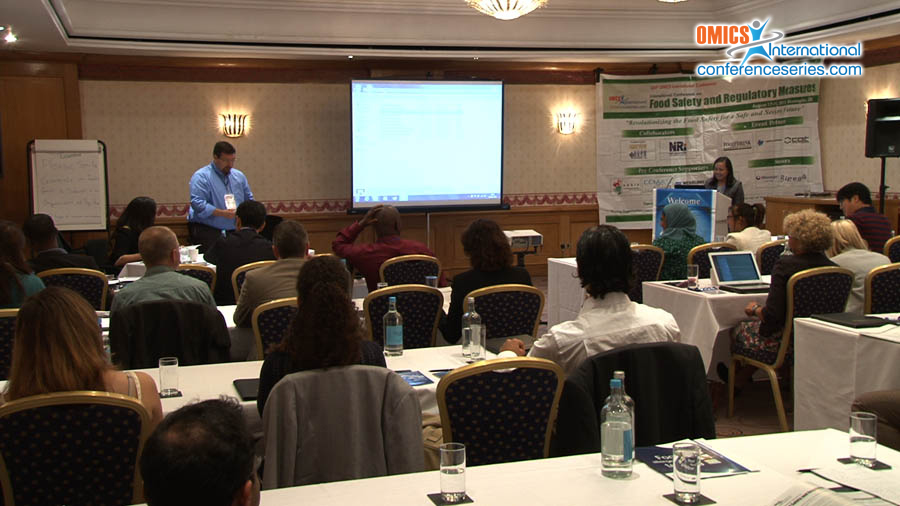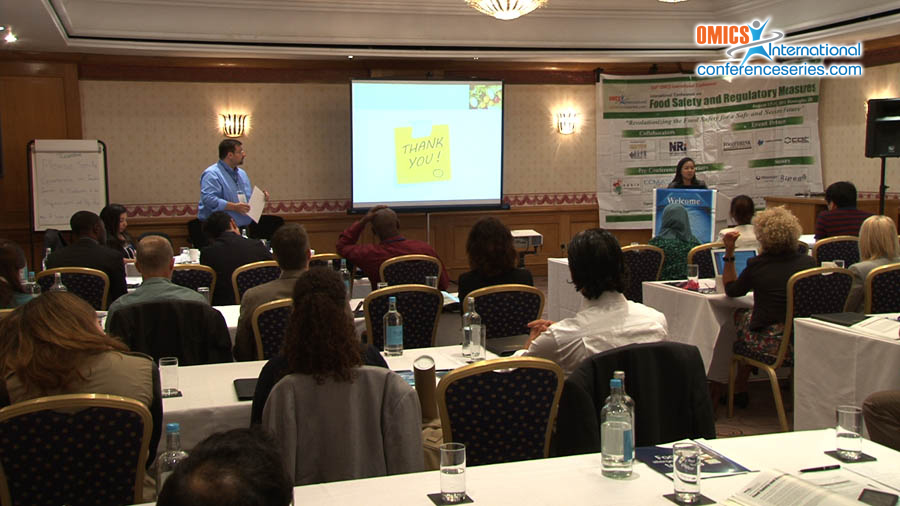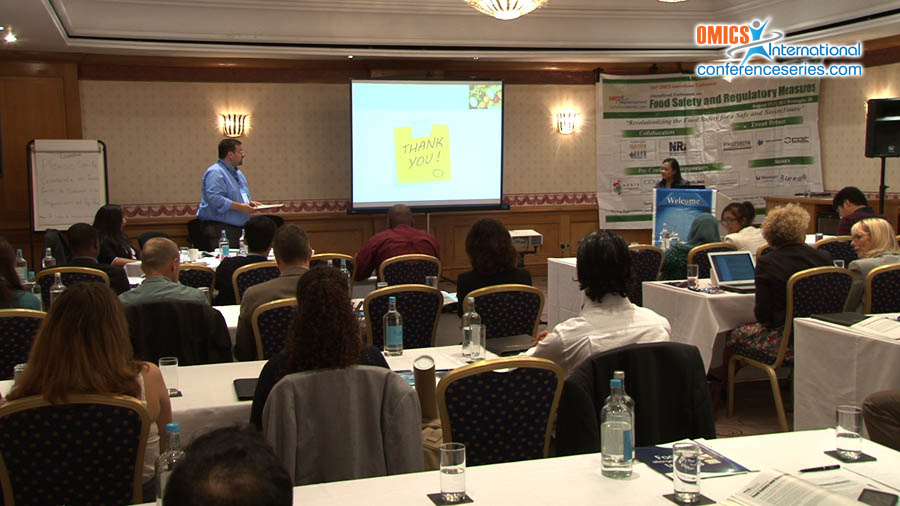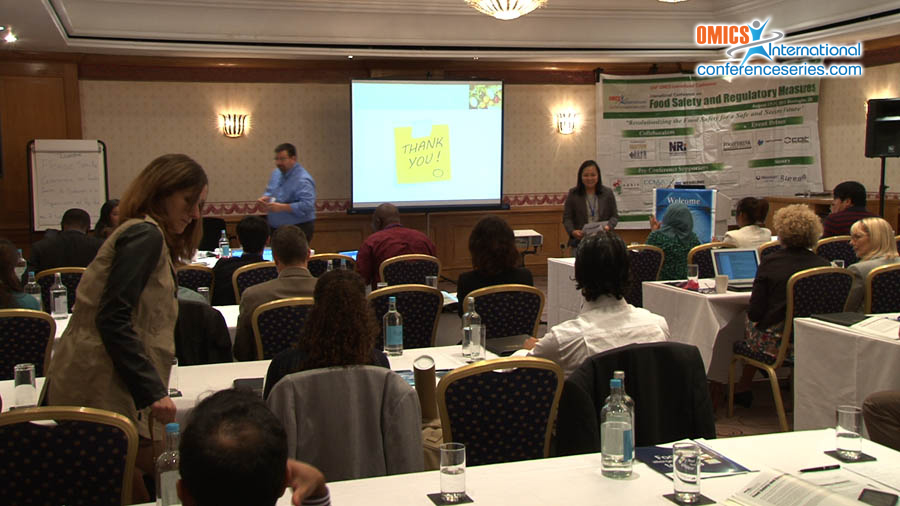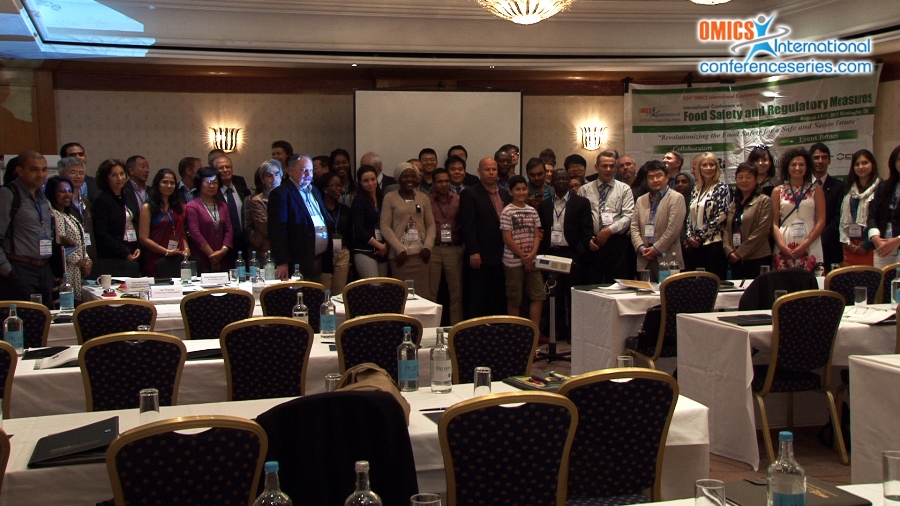
Aimee Sheree A. Barrion
University of the Philippines
Philippines
Title: Reduction of Organophospahate and Carbamate Residues in Tomatoes, String Beans and Chinese Pechay by Soaking and Washing
Biography
Biography: Aimee Sheree A. Barrion
Abstract
Introduction: While pesticides are known to safeguard food supply, many people are concerned about its indiscriminate use such as during the fruiting stage of crops and usual practice of not adopting safe waiting periods which leads to accumulation of pesticide residues in consumable vegetables. The efficiency of washing and soaking on pesticide removal in tomatoes, string beans and Chinese pechay using tap water and vinegar solution was determined. Methods:The rapid test kit for pesticide developed at the National Crop Protection of the University of the Philippines Los Banos of the was utilized to determine the reduction of organophospahate and carbamate residues in the tomatoes, string beans and Chinese pechay samples after washing and soaking using tap water and vinegar solution. Results:Washing and soaking were significantly different from each other with the following order of efficiency: soaking for 5 minutes >soaking for 2 minutes > washing. The reduction in organophospahate and carbamate residues when the fruit and vegetable samples were washed in tap water and vinegar solution ranged from 26-31%, 15-16 % and 12-59%, 21-80%, respectively. Upon soaking for 5 minutes in tap water and vinegar solution, the reduction in organophospahate and carbamate residues ranged from 74-100%, 81-100% and 57-86%, 67-83%, respectively.No significant difference on the effect of washing solutions used (tap water and organic washing solution) was noted. Reduction in the concentration of organophospahates residues was higher than the reduction in the concentration of carbamates residues in tomatoes and Chinese pechay soaked for 5 minutes in different solutions. Conclusions: Vegetables are deemed to be nutritious and determining the specific amount of pesticide reduction is crucial in assessing its food safety risk to safeguard the health of the consuming public.
Speaker Presentations
Speaker PDFs
Speaker PPTs Click Here

